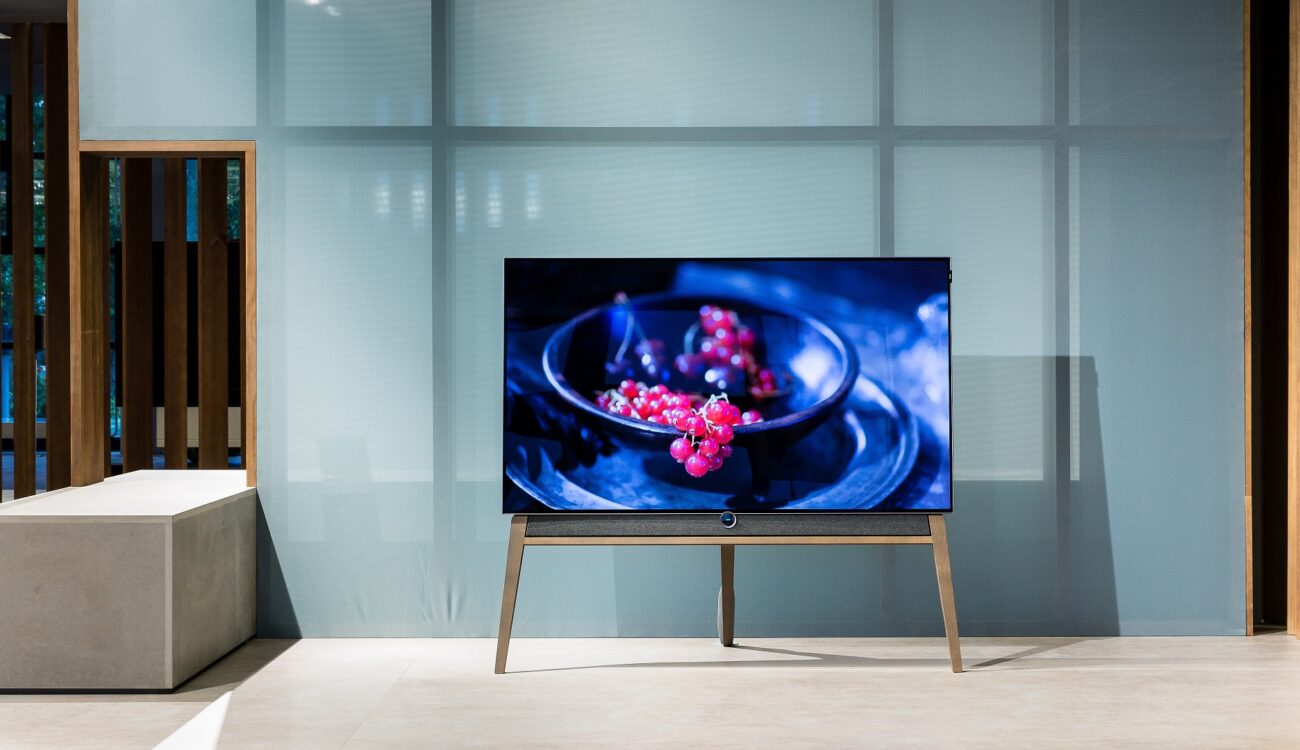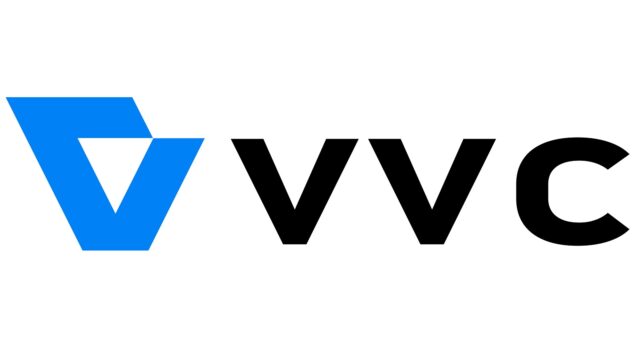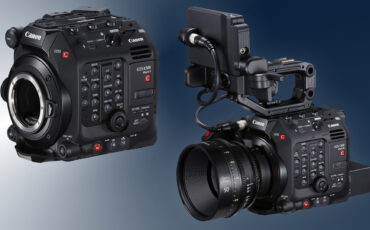
Are you and your computer still only getting used to the highly efficient and demanding H.265 codec? Well, the new generation video codec H.266 is slowly knocking on the door. The new standard H.266 Versatile Video Coding (VVC) offers improved compression, which reduces data requirements by around 50% of the bit rate relative to the previous standard H.265 High-Efficiency Video Coding (HEVC) without compromising visual quality.
The Fraunhofer Heinrich Hertz Institute (Frauenhofer HHI), based in Berlin focuses on the development of mobile and fixed broadband communication networks and multimedia systems. Fraunhofer HHI (together with partners like Apple, Ericsson, Intel, Huawei, Microsoft, Qualcomm, and Sony) recently announced the release and official adoption of the new global video coding standard H.266 – Versatile Video Coding (VVC). Let’s take a short look at this new standard.
H.266 – Versatile Video Codec (VVC)
As Fraunhofer HHI states, compressed video data currently make up 80% of global Internet traffic. The previous standards H.264 (Advanced Video Coding – AVC) and H.265 (HEVC) remain active in more than 10 billion end devices – over 90% of the total global volume of video bits. Both previous standards were also recognized by collectively three Emmy Engineering Awards for contributing substantially to the progress of television technology.
The new standard H.266 (VVC) offers improved compression, which reduces data requirements by around 50% of the bit rate relative to the previous standard H.265 (High-Efficiency Video Coding – HEVC) without compromising visual quality. In other words, H.266 offers faster video transmission for equal perceptual quality. It provides efficient transmission and storage of all video resolutions up to 8K while supporting high dynamic range video and omnidirectional 360° video.
Because H.266 was developed with ultra-high-resolution video content in mind, the new standard is particularly beneficial when streaming 4K or 8K videos on TV. The content will require fewer data to be transferred.
Fraunhofer HHI plans to establish a uniform and transparent licensing model based on the FRAND principle (i.e., fair, reasonable, and non-discriminatory) for the use of standard and the essential patents. For this purpose, they established Media Coding Industry Forum (MC-IF) which now already includes +30 companies and organizations.
As Fraunhofer HHI claims, the new chips required for the use of H.266/VVC, such as those in mobile devices, are currently being designed. The first software (for both encoder and decoder) to support H.266/VVC should be published in autumn 2020.
H.264, H.265, H.266 – More Compression for Post Production?
While the H.266 will certainly help in streaming high-resolution content while Internet traffic is mainly made up of streamed video, it will most likely be a real challenge for post-production. More compression means the video requires more processing power to even playback smoothly, not talking about editing, grading, etc.
When the H.265 codec came sometime around 2013 it took a while before the first cameras started adopting it as a capture codec, but it happened eventually. One of the first cameras to record footage in H.265 was the Samsung NX1 mirrorless camera (though that one was discontinued quickly because Samsung exited that business). Nowadays, almost every new camera offers H.265 as an option.
Like with H.265, with H.266 many filmmakers will also most likely have to convert the footage into something less render-intensive like ProRes or DNxHR (DNxHD) before importing it into NLE.
What do you think about the H.266 VVC announcement? What is your workflow when editing H.265 footage? Let us know in the comments below the article.

























